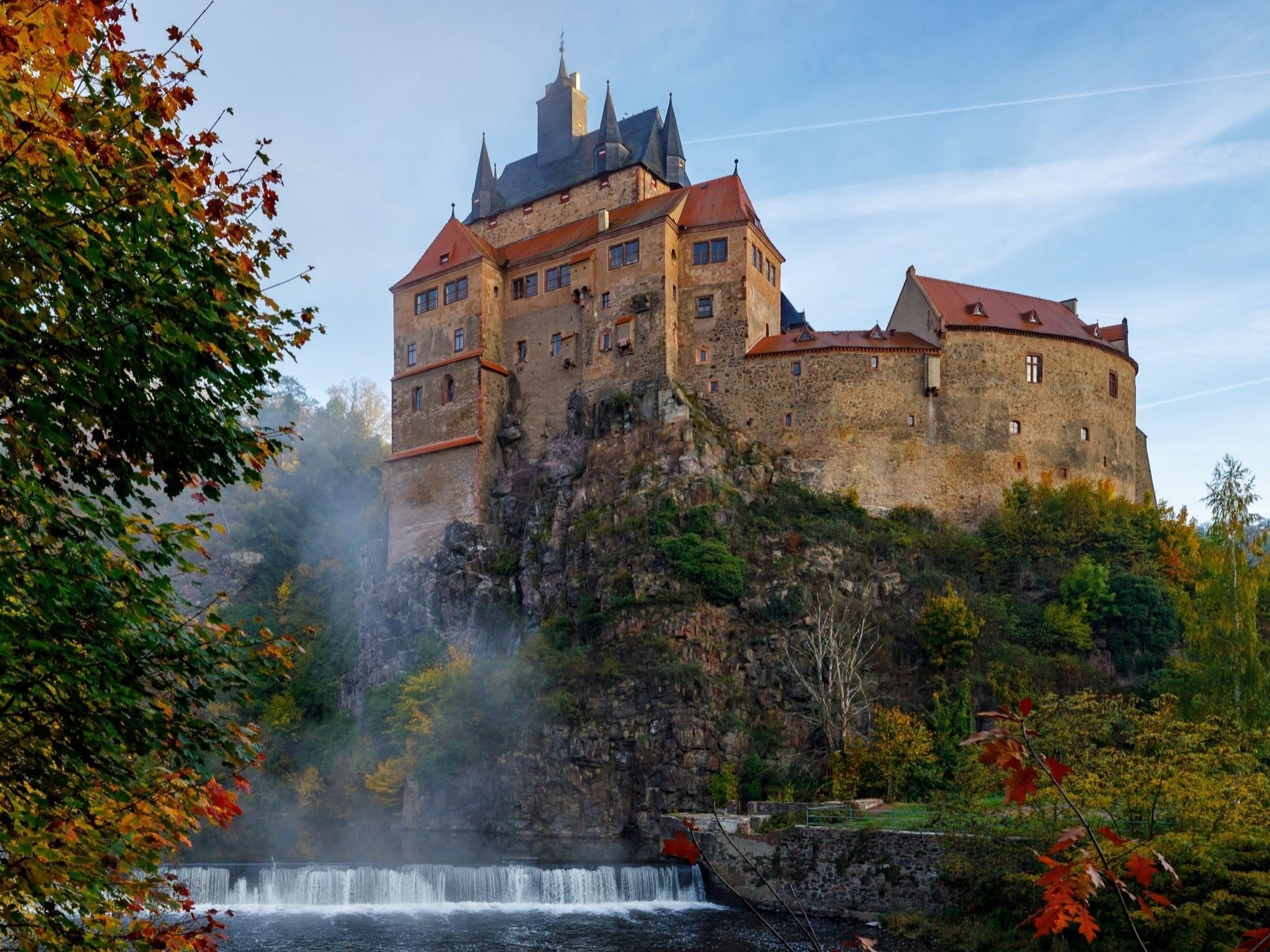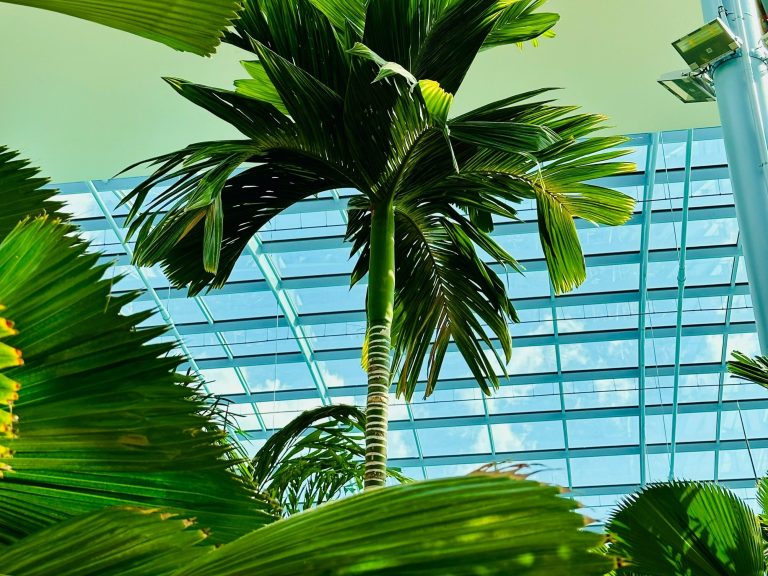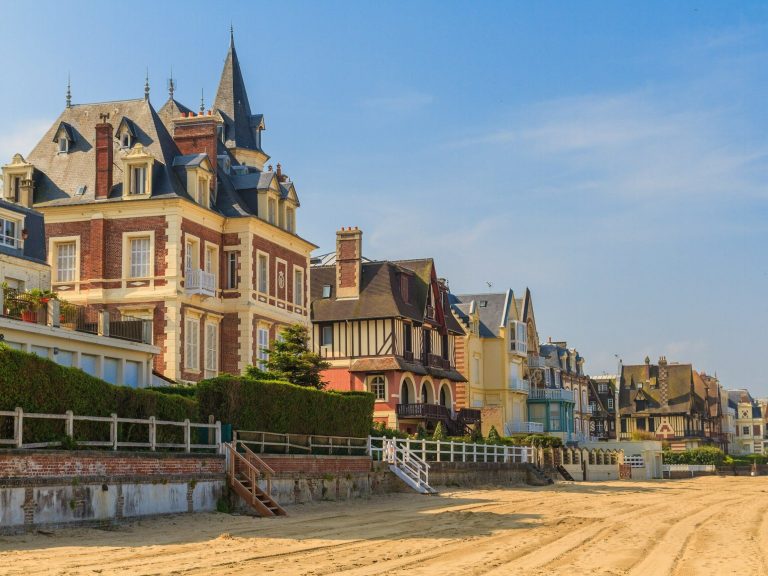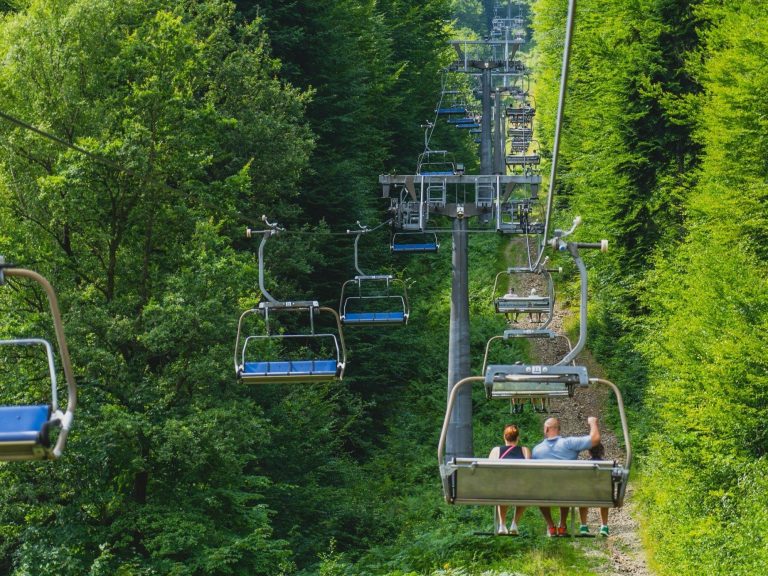Germany you don’t know. Attractions right next to the Polish border

You don’t have to travel thousands of kilometers to discover amazing places. In Germany, close to the border with Poland, picturesque castles, beautiful cities full of monuments and tourist attractions, as well as amazing natural areas await tourists. Brandenburg, Saxony or Mecklenburg are a great idea for an extended weekend or a longer holiday.
Poles like to visit Berlin, but they don’t know much about German lands. Meanwhile, close to our border, there are many places worth discovering. Some are so close that a day trip is enough. An additional plus is that all tourist places are perfectly connected, and the German government supports tourists by creating, among others, promotional offers for railway journeys.
Thousands of lakes and pyramids at the border
Brandenburg is one of the 16 states of the Federal Republic of Germany, located in the north-east of the country. It is the fifth largest federal state – almost as big as Belgium! From the east, it borders with Poland, and the border line stretches from the Lubuskie Voivodeship through the Zachodniopomorskie Voivodeship. The greatest treasury of palaces is Potsdam – the capital of the state, but in addition to ornate residences, unusual attractions await in Brandenburg. It is worth knowing that this country abounds in lakes, of which – as it is estimated – there are about 3,000 here! It is also the richest region in Central Europe in terms of inland waters. To this must be added 30 thousand. kilometers of rivers and canals and approx. 13 thousand. km of bicycle paths.
Sanssouci Palace is a must when in Potsdam. This is a rococo palace once belonging to the Hohenzollerns, located in the eastern part of the magnificent Sanssouci park. Initially, in the 1740s, it was to serve as the summer residence of Frederick the Great, King of Prussia. The wide slope on which the palace is located has been divided into six parts – terraces covered with vines, to which impressive wide stairs lead. To this day, potatoes are placed on Fryderyk’s tombstone. The king issued a special decree that obliged the peasants to cultivate this plant, which saved the region from famine.
The Branitz Palace in Cottbus, located just 30 kilometers from the Polish border, is also worth seeing. It is a place underestimated by tourists. Meanwhile, the palace is surrounded by an amazing park that draws on the English style and oriental fascinations of its founder – Hermann Ludwik von Pückler-Muskau, a prince-traveler, writer, a colorful character who became famous, among others, for from the decision to plant pineapples in one of its parks. The hallmark of this place are the pyramids, one of which – Tumulus, serves as the prince’s tomb.
There is also a small Oranienburg in Brandenburg. Right in the center of this small town in eastern Germany is a baroque palace dating back to the mid-17th century. The residence flourished again in the mid-18th century. It was extended and richly equipped, transforming it into one of the most outstanding Brandenburg palace and garden complexes. A captivating ballroom known as the “Orange Salon” was finished. Currently, it houses a museum full of unique works of art, such as etageres in the porcelain chamber, royal silver in the silver chamber, 17th-century ivory armchairs made in Brazil, sculptures by François Dieussart and Bartholomew Eggers, paintings by Anton van Dyck, Jan Lievens and Antoine Pesne.
Saxony for the active
Saxony is another part of Germany located on the border with Poland. The capital of the state is Dresden. Other large cities in the region include Leipzig, Gorlitz, Plauen and Chemnitz. The southern part of Saxony is mostly mountains, the Ore Mountains and the Lusatian Mountains.
When visiting Saxony, you cannot miss Dresden. The capital of the state is by far the most visited place in the region by tourists. It has an unusual atmosphere and offers plenty of attractions, both for museum lovers and those who prefer lazy wandering around the city. After dark, all the most important monuments are spectacularly illuminated, so in Dresden, an evening walk should be a must-see.
The next place is Saxon Switzerland – an area created by the gorge of the Elbe in the Ore Mountains. An obligatory attraction here is the Bestei with a viewpoint from which you can admire the amazing rock formations. It is also worth seeing the 76-meter-high bridge, which is a remnant of the castle that used to be there.
It is also worth directing your steps to Hoyerswerda. You must stop by the Town Hall and the Castle. In addition, it is worth taking a walk around the Old Town and going to Langen Strasse, where you can see low, colorful houses. The street is cobbled and extremely narrow, and its unusual buildings look like something out of a fairy tale.
I know Poles quite well, there is Leipzig, which is currently the fastest growing German city. It is a mecca for active leisure enthusiasts. The city is crossed by numerous canals that can be traveled by canoe or boat. After dark, it is worth taking a walk through the climatic, beautifully lit streets of the city and have dinner in one of the many pubs.
Tourists also love the Saxon Wine Route, which is the most north-eastern wine area in Europe. It is a real paradise for bike lovers. The trail is about 60 km long, so you can easily complete it in one day or spread it out over the weekend. The entire route is well marked, there is also plenty of infrastructure along the way, such as rest areas, bicycle racks or roofed places, and along the way you can admire the grape fields and stop at one of the vineyards. On the route there is Meissen, which is famous not only for wine production, but also for porcelain, which has been produced here since the beginning of the 18th century. It was here that the first porcelain manufactory in Europe was established. The city is best viewed from the hill, which offers a beautiful panorama.
White cliffs and gothic castles
Mecklenburg is definitely a region for sea lovers. It is also a beautiful area full of castles and palaces, noble architecture and natural wonders. In this Baltic land, there are plenty of UNESCO-class monuments, a combination of architecture and nature, and attractions that engage the whole family. Most of the land is sparsely populated and covered with forests. It includes the Mecklenburg Lake District, where the largest lake in Germany, the Müritz, is located. The local lakes attract water sports enthusiasts, as they can be used for sailing and canoeing. Numerous hostels and campsites are located on the banks.
Most tourists, however, come to the coast of Mecklenburg. The beaches here are covered with light sand. Walking along it, you can admire the islands covered with clumps of grass. The most important holiday center of the region is Rügen with its chalk cliffs and resorts dating back to pre-war times.
The capital of the state is Schwerin, whose most important monument is the Dukes’ Castle standing on the island. More than 2,000 castles and manors remind of the rich history of the dukes of Mecklenburg. Among them Schwerin Castle, one of the most beautiful Neo-Renaissance residences, built on an island on Lake Schwerin and surrounded by an English-style garden. The interiors hide the Palace Museum. The Wiligrad Castle also overlooks the reservoir. Less than 40 km to the north is Wismar, whose historic center is inscribed on the UNESCO World Heritage List. The towers of three churches dominate the city: St. George, St. Mary’s Basilica and St. Santa. One of the attractions of the city is a house on the water. The building rests on two banks of the Grube, Germany’s oldest canal.
UNESCO also protects the old town of Stralsund. The town hall here is one of the more peculiar examples of northern German Gothic. Strolling through the narrow medieval streets, we come to the German Maritime Museum and Ozeanarium, the largest in Northern Europe, which presents the fauna of the Baltic Sea and the northern seas.






